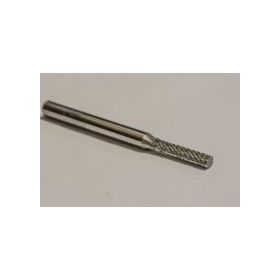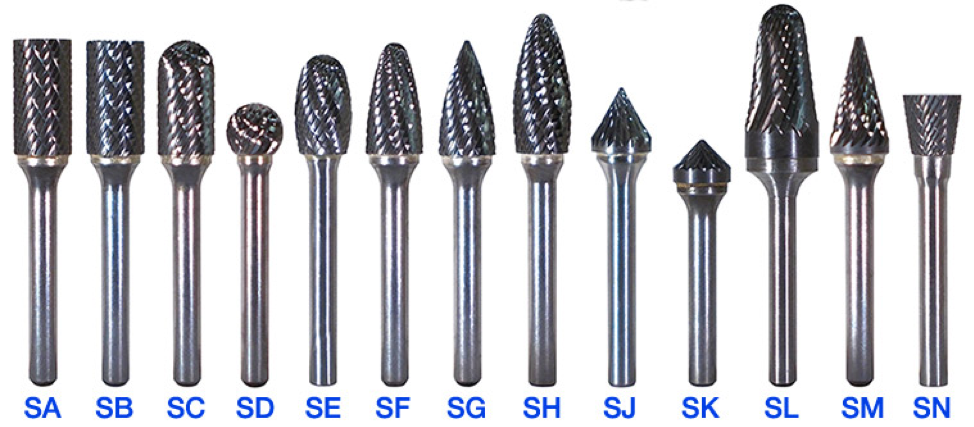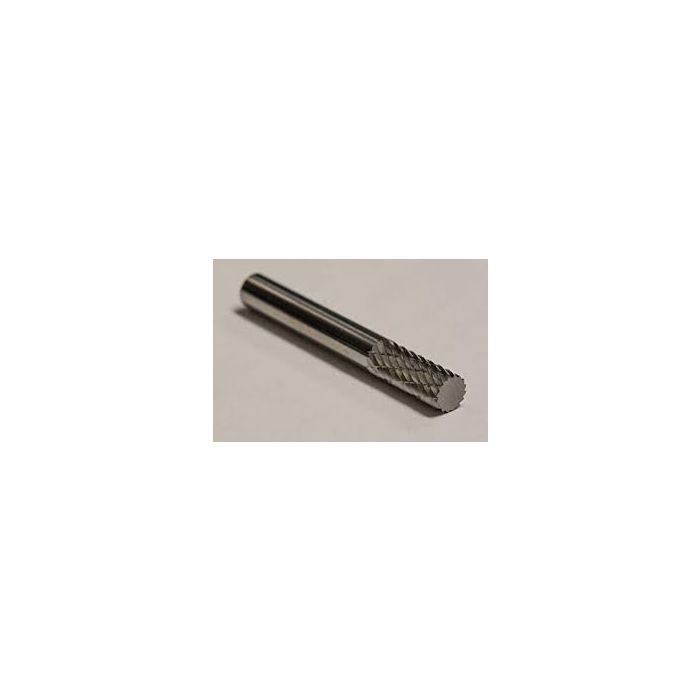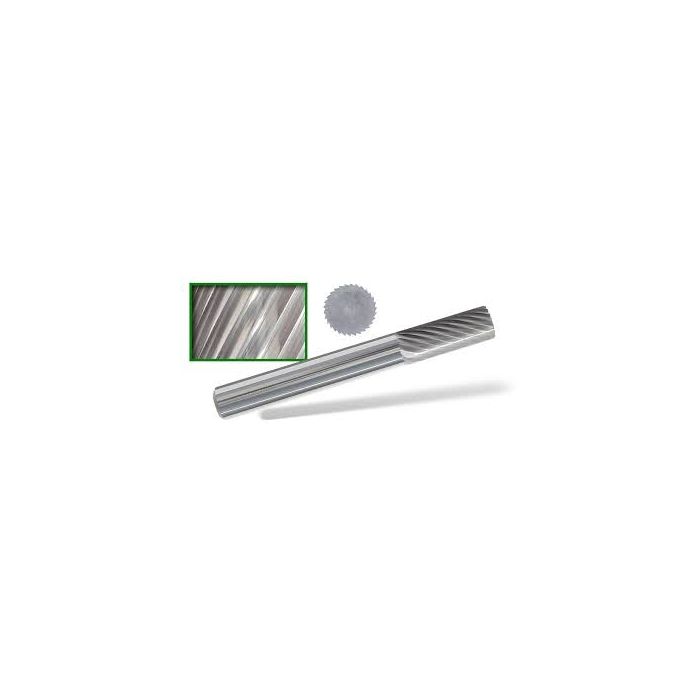If you’re looking for a local handyperson, you have in all probability a laundry list of things around your house that want fixing. In the end, that’s why you’re looking for a fixer-upper to begin with.
But wait, how visualizing the ideal guy-or gal-for the position? How could you make certain they’ll show up, repair what must be fixed, and not leave your property worse than ever before?
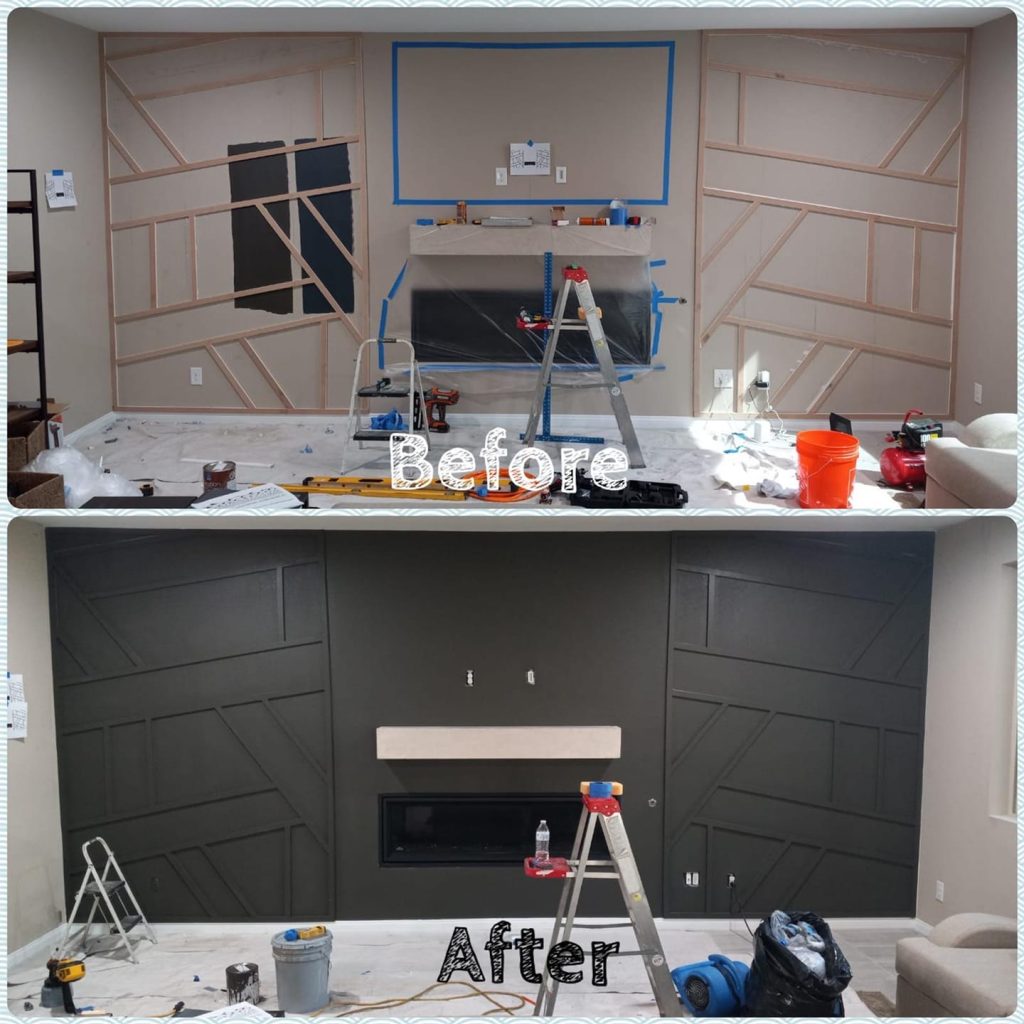
Below are great tips concerning how to make sure you hire the most effective handyman towards you:
Customer testimonials
It could help in case you also looked at the amount of reviews each contractor has. You need to visit a high number of reviews that are positive as well as a low amount of negative ones. You may want to look into why there are just a couple of reviews. It could imply that the company is completely new, or perhaps it’s not very popular among customers. When looking at the common rating for each company, it’s necessary to ensure that so many people are content with their job and can return for more business later on. Finally, when viewing the amount of reviews that are positive are in comparison with negative ones, find somewhere around the 4:1 ratio (positive: negative). Therefore almost all customers were delighted by the things they got from other experience dealing with this kind of contractor or handyman in your area.
Reviews
Reviews are a powerful way to receive an concept of the quality of service a company provides. While reading reviews can help, you should consider a few things before deciding.
Take a look at both good and bad reviews: It’s important to never concentrate on one for reds or some other but alternatively seek out patterns in people’s experiences.
When possible, read reviews from those who have used their professional services previously: When examining reviews for just about any company, it’s always beneficial practice to watch out for folks who suffer from used their professional services recently rather than those who find themselves giving their first impressions after using them maybe once or twice. This allows you should clues about just how well they perform with time and whether they’ve improved or not over time too.
Reviews may help you decide: When choosing between companies offering similar services determined by cost and coverage area alone, use reviews as a possible additional oral appliance additional circumstances such as expertise and experience level among personnel (if applicable).
Handyman cost
The next step in hiring the appropriate handyman is considering the cost. Many people think hiring a handyperson is obviously expensive, that is false since you discover a large amount on leasing a do-it-yourselfer, depending on what you ought to do. The length and complexity of the job determines that your cost will probably be.
The typical cost for repairs and maintenance services is around $50 – $100 per hour. If your project requires additional time, there can be no problem with paying more cash!
Hourly pricing
Hourly pricing is a fantastic choice for small jobs, such as changing the batteries inside your smoke detector or dealing with your leaky faucet. It’s also perfect if you need a handyperson only once or twice for a while, like when you’re hosting a party and would like to ensure everything looks nice.
Hourly pricing isn’t the best option for bigger jobs, though. In case you have something that should be done regularly-like replacing new siding every few years or building an accessory for your house-hourly pricing will definitely cost over it helps save with there being likely servings of those projects which might be for a long time than others. When this happens, flat-rate quotes you will save money because they distributed the overall cost across multiple phases of work instead of charging by the hour spent on each task.
Service coverage
Service coverage is a crucial consideration, since it determines what lengths far from the actual service provider is willing traveling. Finding someone who offers local services could be ideal should you merely have basic repairs like hanging a curtain rod or installing a fresh toilet seat. However, hiring someone from another city or state will be worth considering should your home requires more extensive repairs-or in case your prices are tight.
Service providers also can offer several kinds of coverage for his or her service areas. Some companies may possibly provide services within their city or county. In comparison, others extend their reach further in the surrounding region but nevertheless charge clients the same flat rate wherever they live (including those who offer nationwide coverage). If possible, explore what lengths away each company’s personnel are ready to travel before making any decisions in order that all relevant parties can understand just what form of commitment they’ll want to make when participating on projects later on.
Handyman ratings
Reviews, previews, reviews. You can’t get it wrong with customer testimonials, and when a company ‘s been around for too long enough, you’ll find that they will have some (of course, if they don’t, why would you believe in them?).
The number of projects were completed? This is a great method to see how well they’ve got performed in the past with clients similar to yours.
The number of repeat customers have they got? In case your project goes well and you also enjoy dealing with them enough to rent them again, it’s nice knowing there’s an replacement for use their helps again.
Reputation matters! The same as restaurants must be rated with the health department before checking shop in different location, also should handypersons ensure their job meets specific standards before being allowed into our homes as professionals who may cause damage or injury on account of carelessness or lack of understanding about proper security precautions when working inside someone else’s home environment.
In order to find the proper handyman towards you, buying a factors prior to hiring.
It could be far better to examine reviews, costs, and service coverage prior to hiring a handyperson.
Reviews
The best way to find the proper handyman towards you is by looking at reviews. You will find their reliability by reading what past customers have said about them. As there are a wide variety of types of work which a handyman does, it’s necessary to make certain you read reviews from those who have hired them for similar projects since your own.
Cost
It might be a great idea to wentreview the estimated costs of hiring someone prior to signing contracts together. By doing this, you’ll recognize how much you’ll cough up to complete any project with no surprises along the way-and no unexpected bills!
Conclusion
As you can tell, there are several approaches to get an excellent handyperson close to you and also the world. Once you’ve selected a contractor, don’t forget to create a handyman review-you’ll be helping your area by ensuring people have accessibility correct information when it’s time to allow them to hire an attorney. Start your quest today!
For more details about Handyman near me see our new net page


